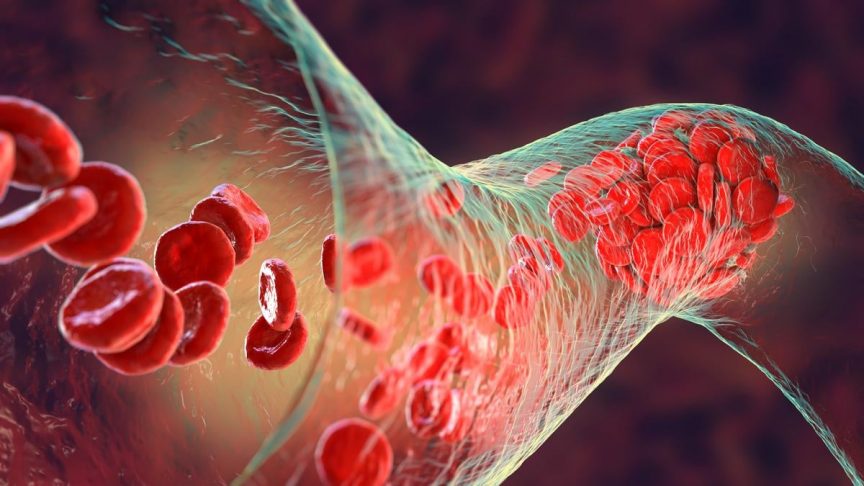Hazard ratio up for incident venous thromboembolism in association with higher levels of fine particulate matter, oxides of nitrogen, nitrogen dioxide
By Elana Gotkine HealthDay Reporter
FRIDAY, Dec. 13, 2024 (HealthDay News) — Higher ambient levels of air pollutants are associated with increased risk of venous thromboembolism (VTE), according to a study published online Dec. 12 in Blood.
Pamela Lutsey, Ph.D., M.P.H., from the University of Minnesota in Minneapolis, and colleagues examined whether air pollution is associated with increased VTE risk in 6,651 participants from the prospective Multi-Ethnic Study of Atherosclerosis, recruited in 2000 to 2002. Participant-level chronic exposure to fine particulate matter ≤2.5 micrometers in aerodynamic diameter (PM2.5), oxides of nitrogen (NOx), nitrogen dioxide (NO2), and ozone (O3) was estimated by averaging these indices updated every two weeks over follow-up.
Over a median follow-up of 16.7 years, 248 VTE events were accrued. The researchers found that the hazard ratio for incident VTE associated with 3.6 µg/m3 higher PM2.5 was 1.39, 13.3 ppb higher NO2 was 2.74, and 30 ppb higher NOx was 2.21, after adjustment for baseline demographics, health behaviors, and body mass index; no association was seen for O3.
“Chronic exposure to air pollution, as defined by higher concentrations of PM2.5, NO2, and NOx for up to 18.5 years, was associated with increased risk of developing VTE,” the authors write. “This study is the most deeply characterized analysis of pollution and VTE to date that we are aware of, and adds to mounting evidence that air pollution adversely impacts health.”
Copyright © 2024 HealthDay. All rights reserved.

